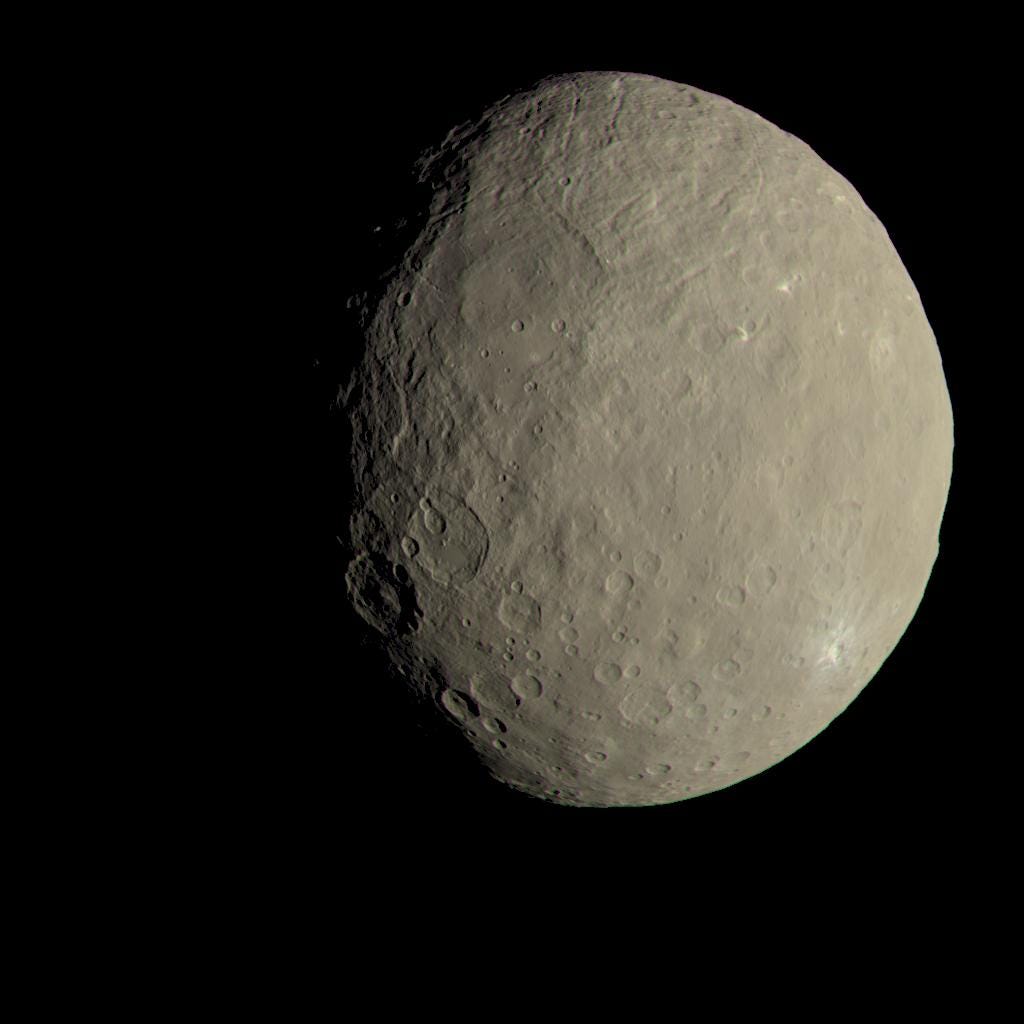Preface
This is the 19th part of my Python tutorial series “Space Science with Python”. All codes that are shown here are uploaded on GitHub. Enjoy!
Introduction
Today, we will cover another brightness related topic: the computation and determination of the apparent magnitude of asteroids. We cover some more conceptual topics in the next article and then we will start with an asteroid related science project, coming with tutorial #20! If you need some information about the magnitude scale in astronomy, I would recommend to go first with my previous article:
Space Science with Python — Bright Dots in the Dark Sky
The complex nature of reflections
Did you take a look in the mirror this morning? Probably. But this space science article is not about your perception of yourself; it is about the laws of physics behind it. Plane mirrors and their reflective properties can easily be explained: Entrance Angle of the light = Exit Angle of the light. Done.But in space we do not have mirrors or simple geometries that allow us to compute the brightness of e.g., comets, meteors or asteroids. Most equations in this regard are empirically determined and are only valid within a certain solution space. In this article, we will continue with the topic that started some sessions ago: Asteroids.
#python #space #science #data-science #space-science-with-python
